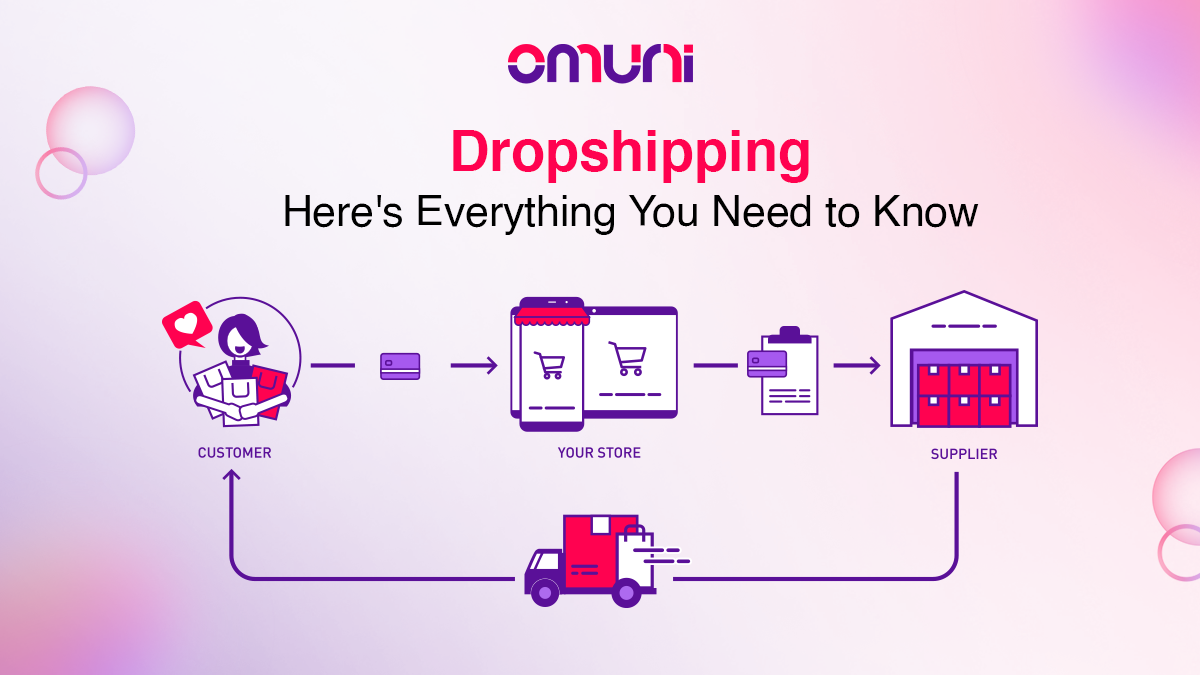Inventory Management Techniques: A Guide to Business Success
Managing inventory efficiently is one of the biggest challenges that your retail business faces. Staying on top of inventory and properly managing it helps you meet demand, make sales, and generate revenue.
But managing inventory is a complex task, and failing to employ the right techniques can risk your business losing market share to competitors, losing money, and losing customers. Therefore, implementing a sound inventory management system for your business is essential.
By having an effective inventory management system, you can better handle your warehouses, logistics, supply chain, and most importantly, keep your customers happy.
Key Takeaways
- Inventory management is the process of ordering, stocking, and managing the inventory of your business.
- Inventory management brings numerous benefits to your business, like increased productivity, improved cash flow, reduced costs, and increased customer engagement.
- There are many techniques for effective inventory management, like lean manufacturing, Six Sigma, FIFO (first in, first out), JIT (just-in-time), and many more.
Benefits of Implementing Inventory Management
Below are some of the benefits of inventory management that can help you improve your business operations.
Improves Inventory Accuracy
Inventory management systems help your business manage stock levels and fulfill orders. It enables you to monitor raw materials that enter the production process and keep tabs on finished products.
Inventory management systems are also connected to point-of-sale (POS) that help you oversee sales and payments. Simply put, a good inventory management system gives you complete visibility over your inventory.
Improves Cash Flow
It is very easy to order inventory incorrectly if you are not tracking your sales. Incorrect ordering of inventory leads to excess storage costs, more investment, and high carrying costs.
This results in missed sales opportunities if you don’t have the inventory or have too much dead stock that doesn’t move. Using an inventory management system, you can track your sales and increase the cash flow by maintaining a proper amount of inventory to meet the demand.
Increases Productivity
With fewer inventory errors to address, you can focus on creating high-quality products at a faster pace. Instead of sorting inventory, you can relocate your labor to other tasks to improve business operations and make it more efficient.
Reduces Costs
A good inventory management system helps you save money by reducing costs. It enables you to reduce storage costs, employee wages, insurance costs, transportation costs, management costs, overhead costs, and many more.
By reducing the overall cost of running a business, you can generate more revenue and earn higher returns on your investments.
Improves Customer Retention and Engagement
Having an accurate inventory system in place helps you improve your customer engagement by delivering positive experiences. You can bring customer delight by fulfilling their demands.
An organized inventory system allows your customers to stick with you and increase customer lifetime value. This also helps you to create a more positive brand image as more and more customers start using your products.
Techniques to Manage Inventory Efficiently
Inventory management is the process of ordering, stocking, and using inventory for a business. Effective management of inventory allows you to minimize costs and operate efficiently.
Here are the top 7 ways to manage your inventory to increase profits and keep your cash flow in check.
Implement Six Sigma
Developed in 1986, Six Sigma is a quality control method that uses data-driven review to reduce mistakes. Six Sigma can be applied in warehouses to manage inventory and order shipping.
Using Six Sigma, you can lower excessive inventory levels and maximize profits.
Learn Lean Manufacturing
Lean manufacturing is a practice that focuses on eliminating waste in the production process. It enables your company to operate with the least amount of raw materials and labor.
Your business runs at minimum resources to run effectively, which helps you decrease costs and increase profitability.
Practice 80/20 Rule
It is estimated that 80% of a brand’s business comes from 20% of its stock. Therefore, it is crucial to prioritize managing that 20% inventory so that a significant chunk of your sales are always met.
To follow this rule, it is necessary to have clarity of complete sales, including daily sales, sales per week, sales per month, etc.
Implement Just-In-Time (JIT) Method
A just-in-time (JIT) system is one that orders inventory as needed. It keeps just enough inventory to fulfill customer orders while maintaining inventory levels low.
A sound JIT system reduces your cost of keeping inventory and the risk of running out of stock. It also boosts the company’s ROI and increases operational efficiency.
Utilize Technology to Manage Inventory
Managing inventory while the business is small is doable. But as your business grows, keeping track of inventory gets harder and harder, and the chance of running out of stock increases manifold.
Partnering with a good inventory management provider can make or break your business. Before choosing any solution, it is important to understand your requirements and their capabilities.
Utilize Demand Forecasting Methods
Forecasting methods such as trend analysis, qualitative forecasting, seasonal forecasting, historical forecasting, etc. can be great tools for predicting future inventory needs. You should deploy them strategically to make adjustments while ordering inventory.
Use First In, First Out (FIFO) Technique
The ‘First In, First Out’ technique is used to sell the oldest inventory first. This practice is used if you sell perishable goods; therefore, the stock needs timely rotation.
FIFO helps save your items from wasting and ensures you aren’t stuck with obsolete inventory.
Conclusion
If you aim for the growth of your business, managing inventory effectively should be a crucial part of your strategy. By implementing the above-mentioned techniques, you can improve your inventory management and balance the cost of holding inventory with the risk of stock shortages.
At the same time, it is crucial to regularly review and adjust these techniques to ensure that they remain effective and continue to meet the changing needs of your business.
Frequently Asked Questions (FAQs)
While there are many types of inventory, the five main ones are raw materials, work in progress (WIP), finished goods, maintenance inventory(MRO), and buffer inventory.
The key elements that keep retailers have effective inventory management are:
Track your overall activity
Do the daily counts
Reorder the out-of-stock inventory
Organize your products by describing them
Organize your work environment
The main objective of having inventory management in your business is to:
Improve the order fulfillment process
Having the availability of the right amount of stock
Minimizing the costs and losses
Increasing the profits
Keeping customers engaged and satisfied



